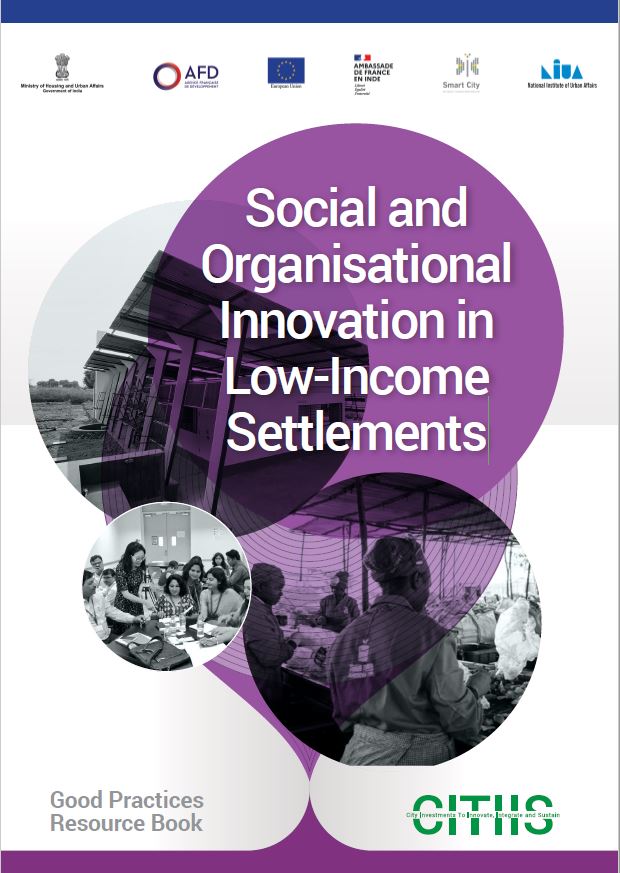Informal Sector
The Indian economy comprises a majority of informal or unorganised labour employment. With almost 81 % of the unregistered livelihood in India depending on the informal sector, it accounts for two-thirds of the country’s GDP (ILO, 2018). India improved its ranking on the Global Innovation Index to 57th position in 2018 by becoming a hub of “frugal” innovation which is defined as low-cost and high-quality products that are targeted towards the underserved markets of the developing world.
Around 82% of the employed persons in AGEGC and non-agricultural sector have been reported as working without any written job contract. About 3% of these workers are reported to have job contracts for a period of 1-3 years and 9% of the workers with more than 3 years job contract. The proportion of workers with no formal written job contracts is relatively higher in rural areas when compared to urban areas, indicating the presence of more informal jobs in rural regions (ILO, 2018).
Creativity at the grassroots has taken a pivotal position in the discourse of sustainable socio-economic development, especially in the developing world. Despite the conceptual ambiguity around the term “grassroots innovations”, a growing body of literature has emerged on the innovations from the informal sector focusing on various dimensions such as understanding the local context, the behaviour of the innovators and the impact of various institutional mechanisms on these innovations. An important point of consensus found in various definitions on grassroots innovations is that they are scarcity-induced innovations, using locally available resources by the people outside the formal setup, and developed to meet a need that might often be ignored by the formal sector.
The literature identifies a non-linear relationship in the form of an inverted-U, where lower and higher levels of product market competition influence firm-level innovations differently. That is, an increase in market competition promotes innovation until an optimal point and inhibits innovation thereafter (Mendi and Costamagna2017; Aghion et al. 2005; Scherer 1967).
The share of the informal sector in India's economy fell drastically to 15-20% in 2020-21 from 52.4% in 2017-18 due to digitisation and the rapidly expanding gig economy, according to a study by SBI Research (ILO,2018). In the year 2000, the Government of India set up National Innovation Foundation (NIF), an autonomous institution, to facilitate grassroots innovations (Bhaduri and Kumar, 2011; Kumar and Bhaduri, 2014; Ustyuzhantseva, 2015). Initiatives like the Grassroots Innovation Design Studio (GRIDS) and the Grassroots to Global (G2G) by the NIF provide platforms to grassroots innovators to engage with premier institutes and change the way we may perceive their creativity, knowledge and experience.
The most recent efforts of the Ministry of Labour & Employment lay in the development of eSHRAM for the creation of a National Database of Unorganised Workers (NDUW) to provide a centralised database of all unorganised workers (UWs) for efficient implementation and portability of social security and welfare benefits (as per the Code on Social Security, 2020) and in tackling any future National Crises like COVID-19. (e-shram-portal | e-SHRAM, 2021)















